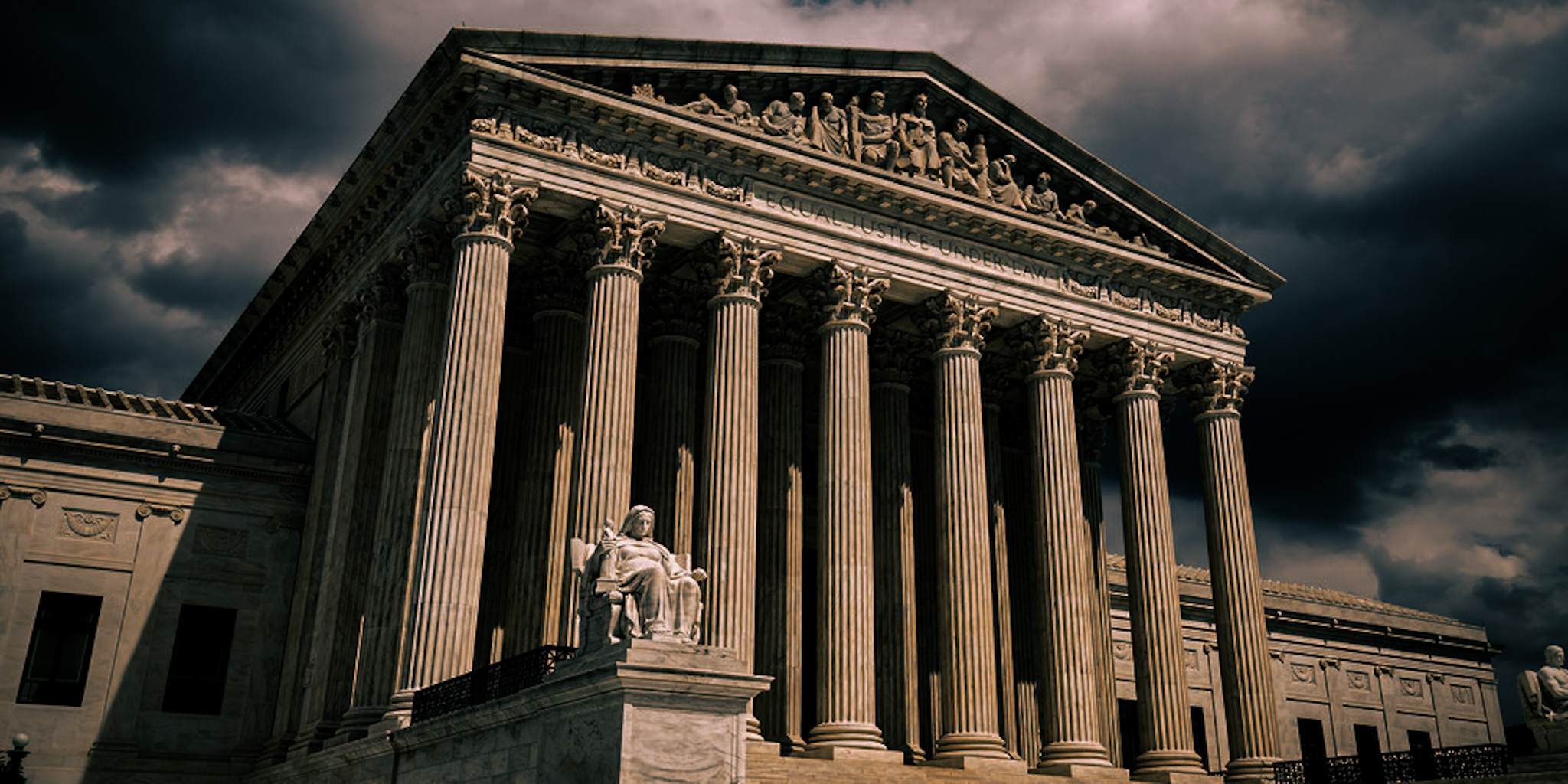DEI commitment at stake: Does the SCOTUS decision impact your DEI efforts?

On Thursday, June 29, the U.S. Supreme Court blocked the use of affirmative action admission policies in place by Harvard College and the University of North Carolina in Chapel Hill. This is about one year on the heels of the repeal of Roe v Wade.
At face value, these Supreme Court rulings may not appear to be related, but it is important to recognize that the precedent for both rulings is rooted in the 14th Amendment. This is the constitutional amendment adopted after the Civil War primarily to protect former slaves from discriminatory state laws. For perspective, this amendment that provides everyone with equal protection and equal treatment under the law preceded by decades the amendment that provided women with the right to vote. One might question exactly how “equal treatment for everyone” was defined when it did not include the right for everyone to vote. It does not take a great deal of imagination to understand that the spirit of the 14th Amendment at the time of adoption was intended as specific protection for groups of people perceived to be the other: Those not currently understood to be protected as citizens, because their protection had not been intended when the Constitution was drafted.
At that time in history, there were white men who had the right to life, liberty, and the pursuit of happiness. Then, there were the rest of us. The 14th Amendment provided radical new protection that took the first steps toward equality for others. It also established the right to due process at the state level, striking down state laws that restrict personal liberties and interests.
In the years since then, it is this clause that has served as precedent for a number of important human rights cases.
This was the clause Roe v. Wade relied upon until last year when the same court struck this down, eliminating the constitutional right to abortion and leaving it in the hands of the states to determine if women could legally access certain, specific medical procedures.
This clause in the 14th Amendment served as the precedent for the 2015 Obergefell vs. Hodges case, where the Supreme Court ruled state bans on same-sex marriage to be unconstitutional.
The 14th Amendment established a right to privacy for citizens.
Is it really time, as this court states, to reimagine what the drafters of this amendment meant when they determined it was necessary to constitutionally demand equal protection for all?
Have we advanced so far as a country that we no longer need to consider how or if any of our systems have been created in such a way to dismiss, disregard, or oppress our neighbors, friends, and family members?
The statistics would suggest otherwise. White people—and especially white men—continue to be overrepresented in executive suites, in boardrooms, in political office, and in other places where decision-making is centralized in our traditional power structures. Considering this, while the court’s ruling states it is a step toward equality for all, it omits the understanding that equality and equity are not the same. This ruling minimizes the very real history and present day challenges faced by certain racial, ethnic, and gender groups in America. This is not the promise of credit unions as we serve our communities. Credit unions were born on the principles of diversity, equity, and inclusion and built on the needs of those left out of the financial system. A new model was needed to help gain more of the promise of belonging and civil rights, and U.S. credit unions have followed through on that promise for nearly a century.
If we celebrate the great melting pot that is our country while continuing to advance the power structures that centralize decision making with a homogenous group, we are giving only lip service to the ideals that we espouse.
If your credit union is one of the many who made a bold statement about embracing DEI in the last four years, adding diversity or inclusion as one of your corporate values, setting up an Employee Resource Group to give people safe space, or providing a training on unconscious bias, and you want to continue on a path to authentic inclusion, you must consider where you stand today and the action you may take.
Do you have to go protest on the steps of the Supreme Court to object to this ruling? Maybe not. If you want tangible action that can make a difference in the lives of those you serve, though, consider the following actions:
- Stop requiring a college degree when hiring. If it is not absolutely critical to the role, do not require an advanced degree. If an individual could get the experience to be successful in the role with a high school diploma or GED and years of experience, acknowledge this in the job posting. College graduation rates for White people continue to track higher than their representation in the population. This gap may widen with the Supreme Court ruling. If you narrow a pool to only those with a college degree, you change the demographics of the potentially qualified pool, and not in a way that increases diversity.
- Continue your efforts toward Diversity, Equity, and Inclusion. While it is only targeted toward educational institutions today, the court’s decision is likely to be another battle in the nation’s current culture wars. It may become ammunition for those resistant to your credit unions’ DEI efforts to make their case against your efforts. It gives license to object to participating in training. It gives voice to resist the formation of Employee Resource Groups or other tools designed to remove barriers to total equity. While it is wise to work to bring everyone along- regardless of where they are in their own journeys- if your commitment to DEI was authentic, you cannot let others’ objections prevent your continued efforts.
- Keep Setting (and Tracking) Metrics. What gets measured gets done. Goals are only achieved when they are set. While good business leaders know this, there has been active resistance to setting meaningful goals tied to Diversity, Equity, and Inclusion. People want to avoid anything that feels like affirmative action. In light of today’s Supreme Court ruling, that may seem like a sensible way to keep people comfortable while disrupting the status quo but in the corporate world, progress is made when metrics are set, strategies are devised, and accountability is created.
- Be there for your employees. For many individuals who have had specific protection under the 14th Amendment, today’s ruling is another attack on civil rights. Consider what your employees might need at this time: Is it space to discuss? Is it education? Is it time in nature? Is it assurance from your leadership that you remain committed to the promises you made in 2020?
As credit unions, we have an obligation to advance the well-being of all those we serve. With that comes a responsibility to keep our eyes open to that which may create inequity and take action where we can. We were created to serve our entire communities, especially those most in need. That is the Credit Union promise today, and for tomorrow. It will only go as far as our courage, empathy, and compassion to learn from our history and build better toward a truly “more perfect union.”





